Net Promoter Score (NPS)
The Net Promoter Score revolves around a simple question:
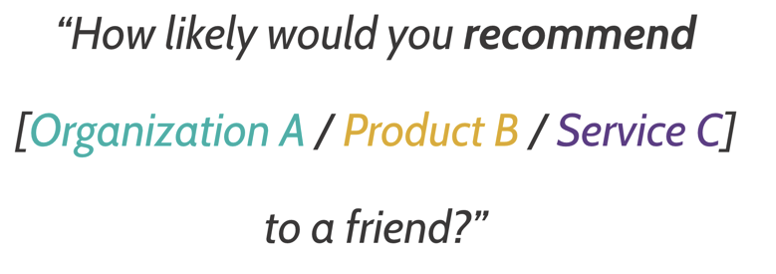
But first of all: Why is this so important?
For one, loyal customers don’t churn off and cancel your service. For every complaint you receive from a customer, there are about 26 more people who are dissatisfied with your company but choose not to say anything.
Additionally, customers are three times more likely to talk about a bad experience with your brand than a good experience.
Today, social media allows your customers to share their negative reviews with entire networks with a single click.
However, if you turn complainant customers into loyal advocates – their recommendations are also just a click away. And loyal customers are free advertising for your service. They will rave about your great service and tell all their friends and colleagues about it.
Tesla, for example, spends no money on advertising, and yet everyone knows their brand. How is that possible?
One of the reasons is that their customers are really satisfied with their offer and they tell everyone about it.
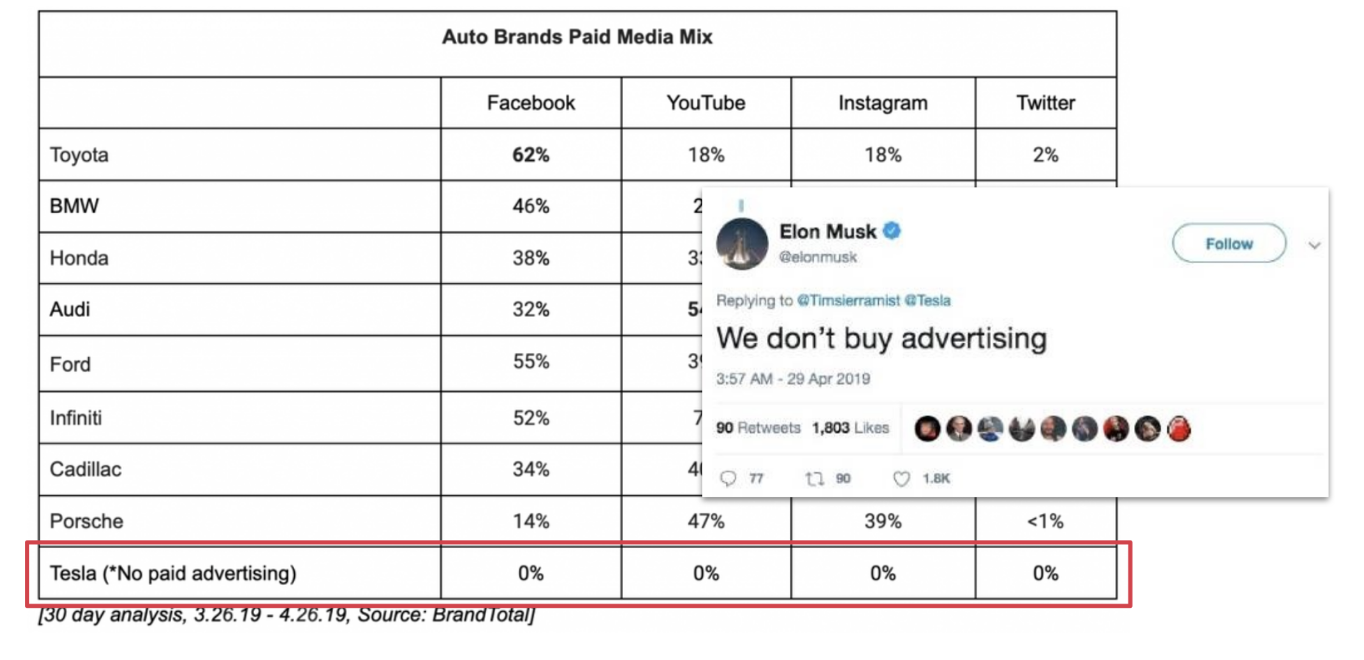
Before we dive deeper into the benefits of the Net Promoter Score – let’s take a look at a typical NPS survey and understand how it is calculated.
AirBnB NPS Survey
I’m sure you’ve all seen an NPS survey before. The best known one that comes to my mind is the one that AirBnB frequently conducts at their customers’ sites. In case you have ever booked an AirBnB, you were probably one of the 600,000 people who were asked this question by AirBnB:
“How likely is it that you would recommend AirBnB to a friend?” You can answer the question from 0 not likely at all – to 10 very likely.
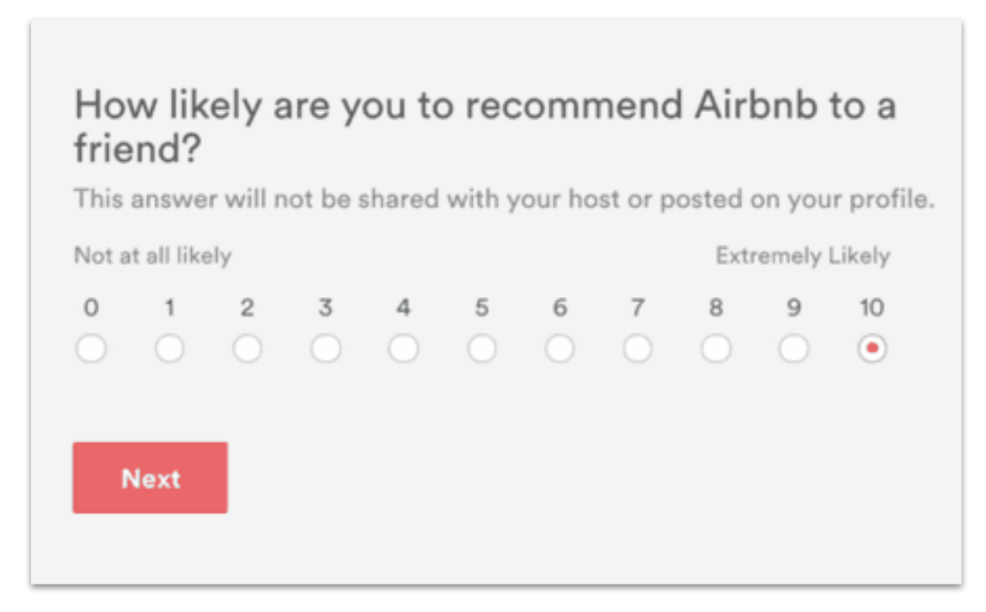
Suppose I do the same survey for my online course KPI Max and ask you how likely you would recommend this course to a colleague or friend. If you would answer this question with a score between 0 and 6 – you are probably not very satisfied with my course.
Detractors vs. Passives vs. Promoters
If a friend or colleague would ask you if you enjoyed this course, you would probably say something with a negative note. This would certainly not bring me any additional customers and might even cost me some potential customers who were originally interested in my course. In a NPS survey you would be considered a “Detractor”.
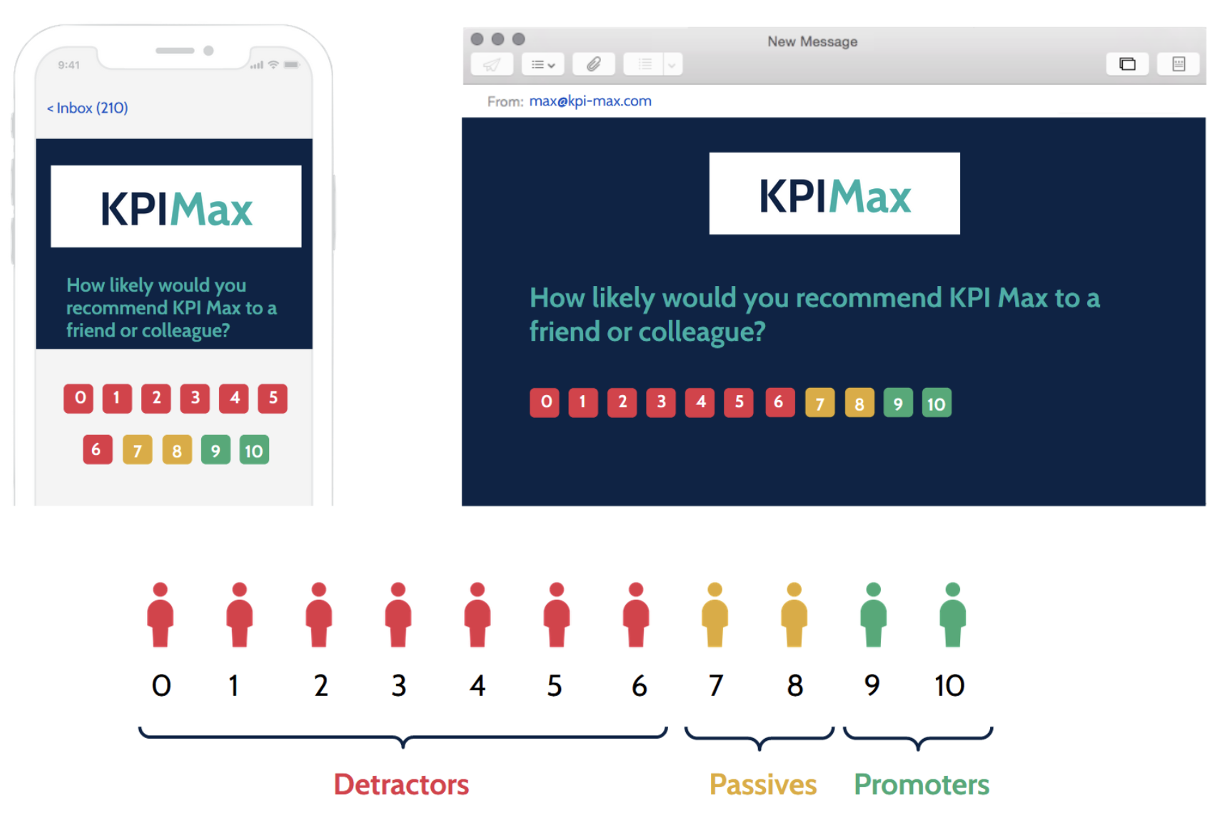
If you answer the question with a 7 or 8 – you are considered “Passive”. You will probably keep your opinion to yourself. This won’t create any new business for me, but at least it won’t hurt me – or my feelings.
But if you answer this question with a 9 or 10 – you are considered a promoter. You can tell your friends and colleagues that this KPI Max has totally snailed it! – Which for me is free advertising. And the best form of advertising, because your friends and colleagues generally trust your judgment.
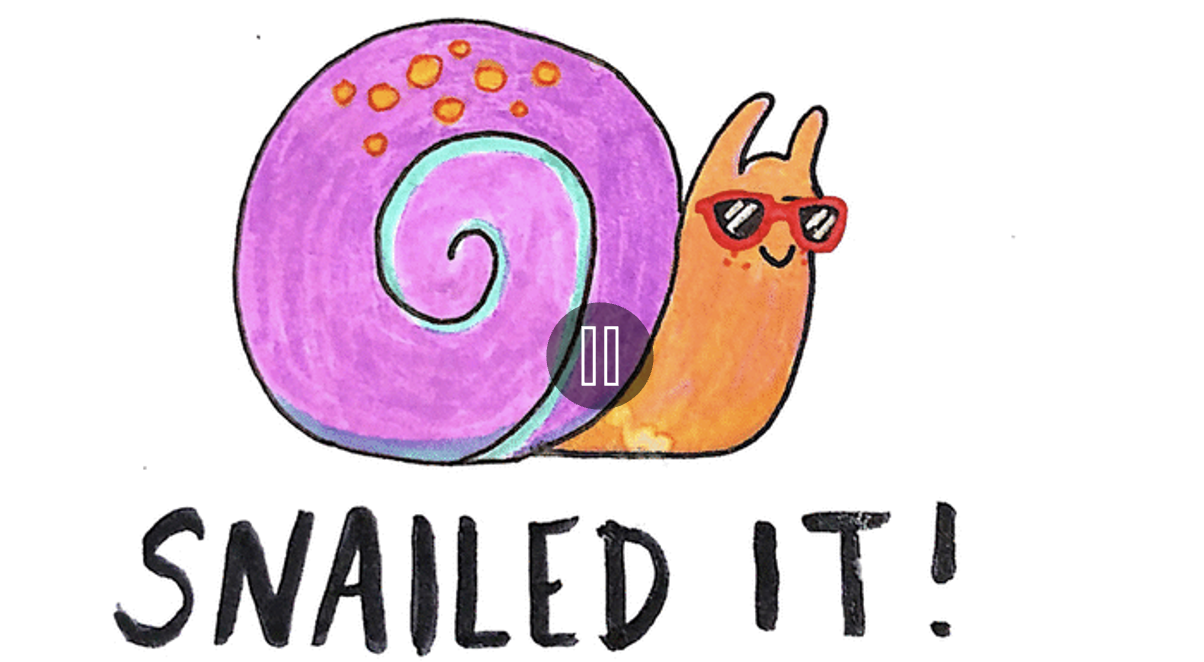
The Calculation
The net promoter score is calculated by subtracting the detractors from the promoters and then dividing by the total responses.
If all your customers are promoters only, i.e. customers who give you a 10/10, your NPS would theoretically be 100%.
If you have only detractors, your result is negative 100%.
The total responses include the number of passives, so that the percentage of detractors and promoters is reduced and the Net Promoter Score is pushed towards 0.
In this example we have 60 promoters, 20 detractors and 20 passives, so our NPS net score is 40%.
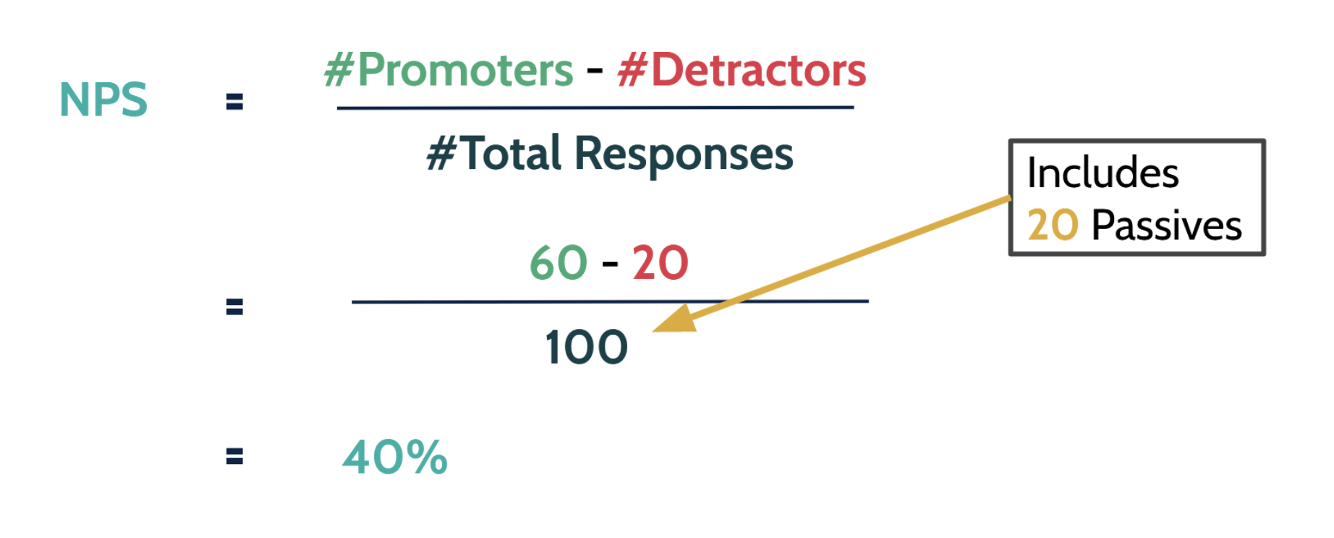
Or in contrast, this is an example of a negative NPS. With 20 promoters and a higher number of detractors (60). And the same number of passives. We end up with a negative NPS of -40%.
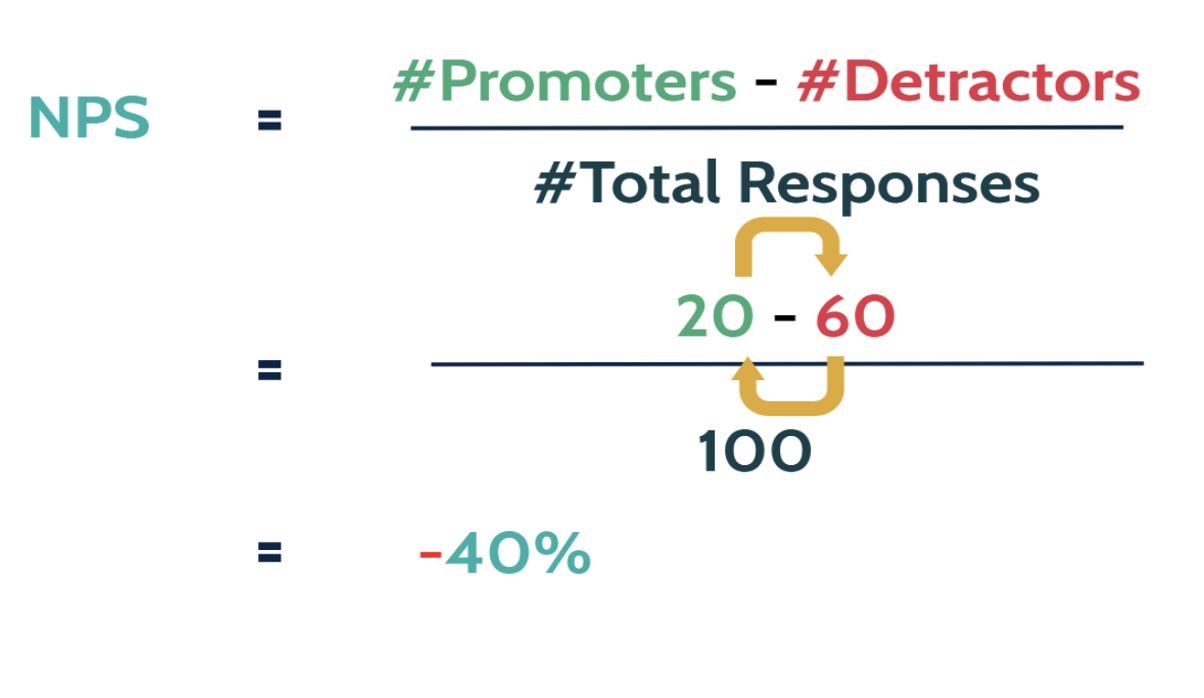
What is considered a good NPS?
What would be a good Net Promoter Score? In general everything positive is good, but up to 30 is considered a medium result. Anything above that is deemed a high NPS.
But keep in mind that this depends a bit on your industry. You can follow this link to check out benchmarks. The website allows you to compare your NPS with other companies in your industry.
Here are a few examples of well known companies and their Net Promoter Score in 2018: Netflix had an NPS of 64, PayPal scored 63, Amazon 54, Google 53 and Apple 49.
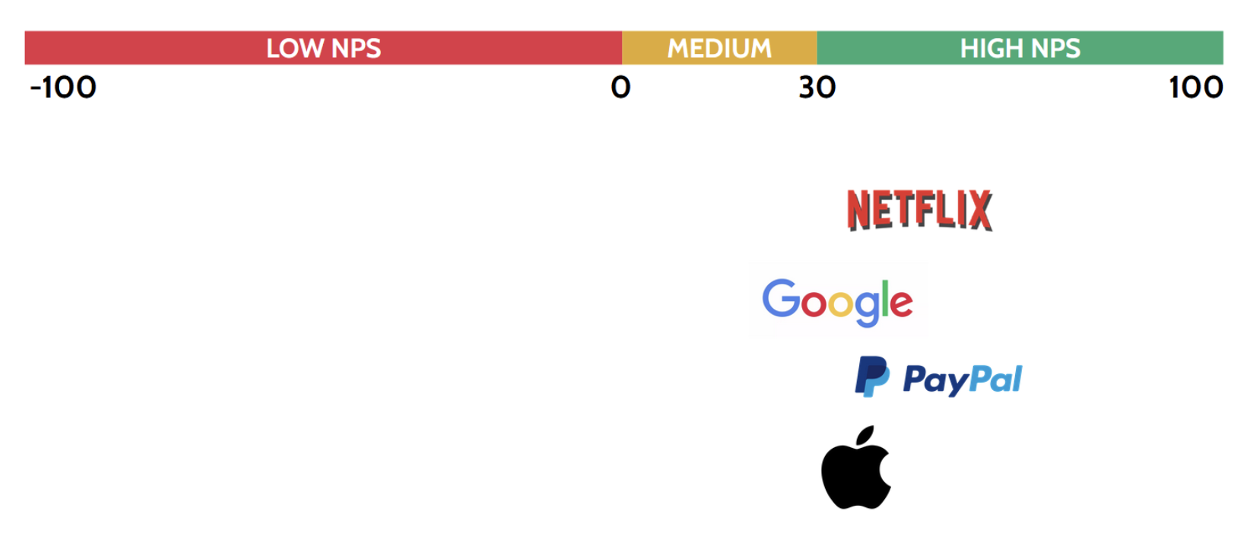
I have seen several dashboards around NPS. Here are two of my favorite dashboards – included in my KPI calculator for my friends, of course.
On the left side we have a gauge animation that marks everything negative below 0% in red, up to 30% as medium in yellow and above 30% in green.
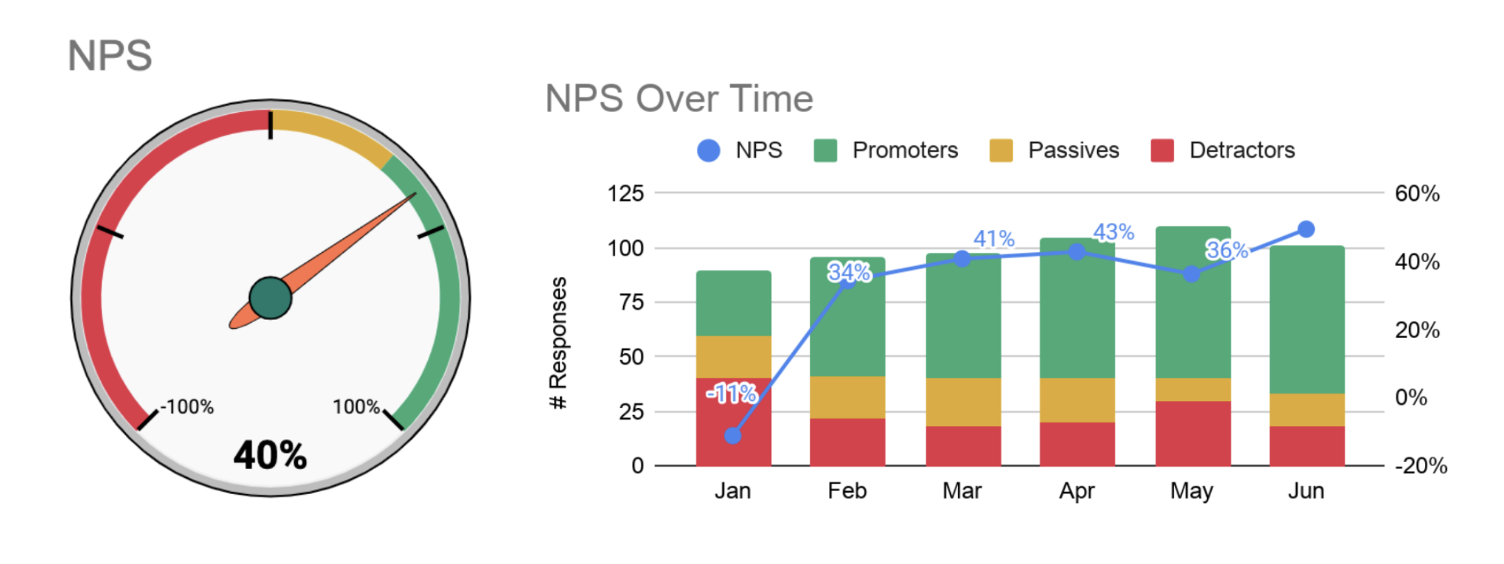
The graph on the right shows an NPS over time – for the months January to June. Same color scheme. Only this time we can actually see the number of responses in their respective color block. The blue line shows us the actual net result.
Relational vs. transactional
There is one last point I would like to address: the difference between relational and transactional surveys.
Relational NPS surveys are conducted regularly (e.g. quarterly or annually). The goal is to get a periodic pulse check with your customers and to understand how they think about your company as a whole. This data can be used to check the customers’ state of health year after year and to set a benchmark for the success of your company.
Transactional NPS surveys are sent out after the customer has interacted with your company (for example – a purchase or a support call). They are used to understand customer satisfaction on a granular level and provide feedback on a specific topic.

However, I find that the Customer Satisfaction Score, or CSAT for short, is much better suited for transactional surveys. What is a Customer Satisfaction Score, you might ask – don’t worry – have I ever disappointed you when it comes to KPIs? We will discuss the CSAT in the next chapter.
Summary
But first, let’s summarize what we have learned:
NPS stands for Net Promoter Score and revolves around one question: “How likely would you recommend service, organization or product to a friend?”.
In NPS surveys we distinguish between detractors (answers 0, 1, 2, 3, 4, 5 or 6) , passives (answers 7 or 8) and your best friends, your raging snails, promoters that answer with 9 or 10.
The detractors will probably churn away and share their bad experiences with their networks. Alarm for leaking buckets!
Promoters on the other hand are raving fans and will recommend your service to others. Free marketing!
A positive NPS is good, but is considered medium up to 30%. Anything above that is probably a high NPS, but depends a bit on your industry.
And lastly, surveys can either be relational or transactional.
Relational surveys are being sent in a certain time interval, for example every year.
Transactional surveys are sent after a certain customer interaction.
In my opinion, the Customer Satisfaction Score (CSAT) serves the purpose of the transactional survey in a much better fashion. We will discuss CSAT in the next chapter. Thank you very much for reading and I will see you in the next chapter.